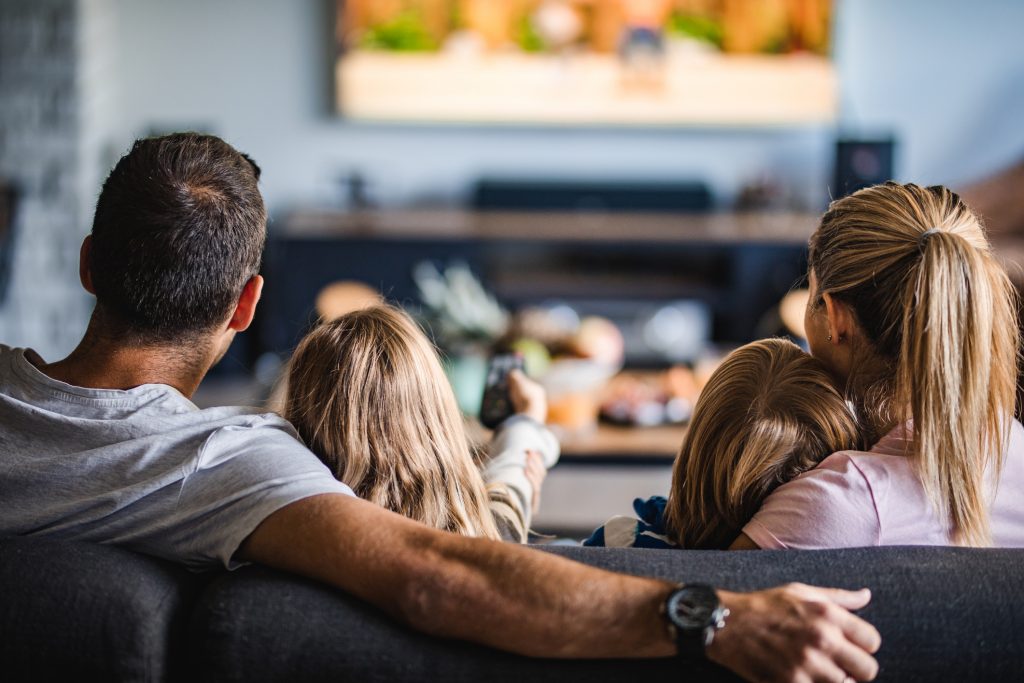How has COVID-19 impacted family life?

There’s no question that COVID-19 has drastically impacted family life for many American families. With shelter-in-place restrictions and school closures, families have found themselves hunkering down under the same roof like never before. Parents are working double (triple?!) duty and some are even taking on the new role of teacher, while still managing the household and trying to retain some semblance of a career.
But exactly what has been the toll on families? We surveyed thousands of Life360 fams across the U.S. to give us a closer look into just how much of an impact the pandemic has had on family life, and show you that many of us are sharing common feelings, experiences, and challenges. Read on for the highlights. Some of them might surprise you!
First, we asked families how they feel about COVID-19 and sheltering-in-place…
- Surprisingly, we found that sheltering-in-place hasn’t been a huge inconvenience for families. 66 percent of families report that sheltering-in-place has been moderately or slightly inconvenient, while only 26 percent reporting it being very or extremely inconvenient. Nine percent shared that it hasn’t been inconvenient at all.
- Also to our surprise, not all families are ready to get back to their regular routines. Once shelter-in-place mandates are lifted, a quarter of families (25 percent) will still be uncomfortable going back to their regular, pre-COVID-19 routines.
- We also found that families are taking shelter-in-place seriously – 99 percent of them in fact. Parents are taking it slightly more seriously than children, with nearly 85 percent reporting they’re taking it extremely or very seriously compared with 73 percent of children.
Next, we looked at how family behaviors have shifted since the pandemic began…
- A heartening finding: families are growing fonder and more connected. Despite reports of disgruntled family life, 33 percent of families state that their parent/child relationships have improved amid the pandemic, compared to only six percent who report it has worsened. The most popular ways that families are connecting during the pandemic are by watching TV and movies (73 percent) and cooking (56 percent), followed by outdoor activities (43 percent), and crafting (34 percent).
- Families are not limiting screen time – even though “too much screen time” is the largest source of stress. When asked their biggest source of stress, too much screen time came in at No. 1. That said, less than one-third (27 percent) of families are limiting screen time.
- When asked to rank stress factors, families report the top stressor is too much screen time, followed by financial obligations, lack of exercise/sports time, homeschooling, not enough alone time, cooking, working from home with kids, and lastly, running out of toilet paper.
- With schools closed, homeschooling is on the rise — and it hasn’t been easy. Two thirds (66 percent) of families have been homeschooling since sheltering in place, and those being homeschooled find it more challenging than parents, with 73 percent of Gen Z reporting compared to 65 percent of Gen X. Even though the majority of moms and dads report it to be challenging, moms are more than six times more likely to be responsible for the teaching than dads.
- Families are staying social — virtually. The vast majority (87 percent) of families have been socializing virtually with friends and family who don’t live in the same household. And they’re socializing often — with 34 percent socializing daily and 44 percent socializing once or twice per week. The most common platform for virtual socializing is text message (36 percent), followed by FaceTime (22 percent) and Zoom (14 percent).
From relationships to homeschooling, screen time to socializing, family life has certainly changed. But despite the many challenges caused by COVID-19, our hope is that families come out of the pandemic even stronger and more connected than before.
Stay safe and healthy out there!


